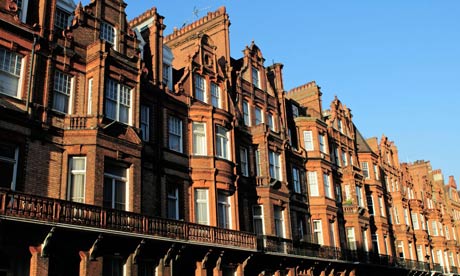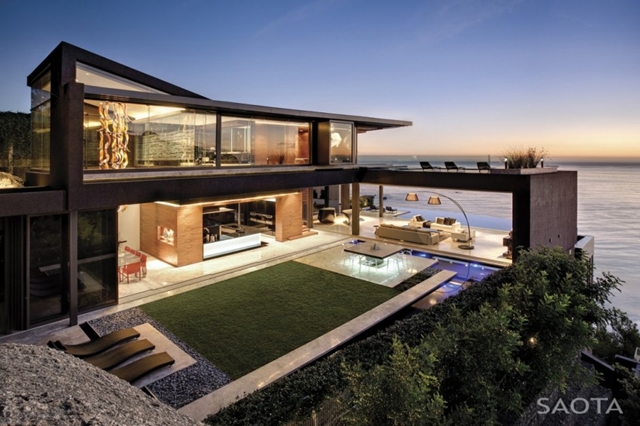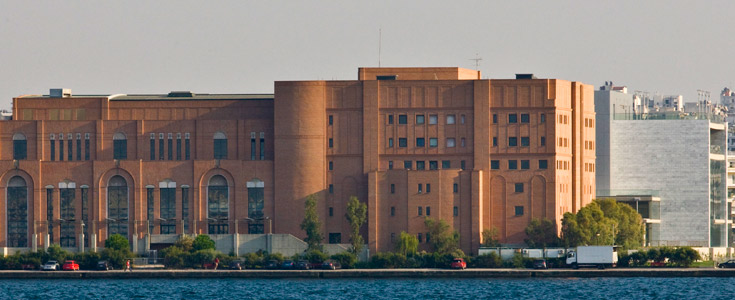It seems that till WW1 and shortly before WW2, there was considerable taste that went into human creations. I decided to focus on architecture in this thread, and compare the old refined buildings to the brutalist current ones, mostly in London.
I chose London for many reasons, i lived there for three years, many other people here probably have visited it at some time, and it used to be a very important city- still is to some extent. So it makes sense to examine how the old London was, and how the New London is starting to look.
Some juxtapositions:
Old apartment block in London:

Modern apartment block in London:

Old English university:

Modern English university:

Old English monumental government building:

Modern English monumental government building:

This is in Thailand's capital, and it is called "The Elephant building"

At least it has some naive appeal, in a lego-duplo kind of way
You can post your own current/old building juxtapositions, or anything related to this. They do not have to be from London, just either examples of modern or pre 1930s architecture
I chose London for many reasons, i lived there for three years, many other people here probably have visited it at some time, and it used to be a very important city- still is to some extent. So it makes sense to examine how the old London was, and how the New London is starting to look.
Some juxtapositions:
Old apartment block in London:

Modern apartment block in London:

Old English university:

Modern English university:

Old English monumental government building:

Modern English monumental government building:

This is in Thailand's capital, and it is called "The Elephant building"

At least it has some naive appeal, in a lego-duplo kind of way

You can post your own current/old building juxtapositions, or anything related to this. They do not have to be from London, just either examples of modern or pre 1930s architecture
























